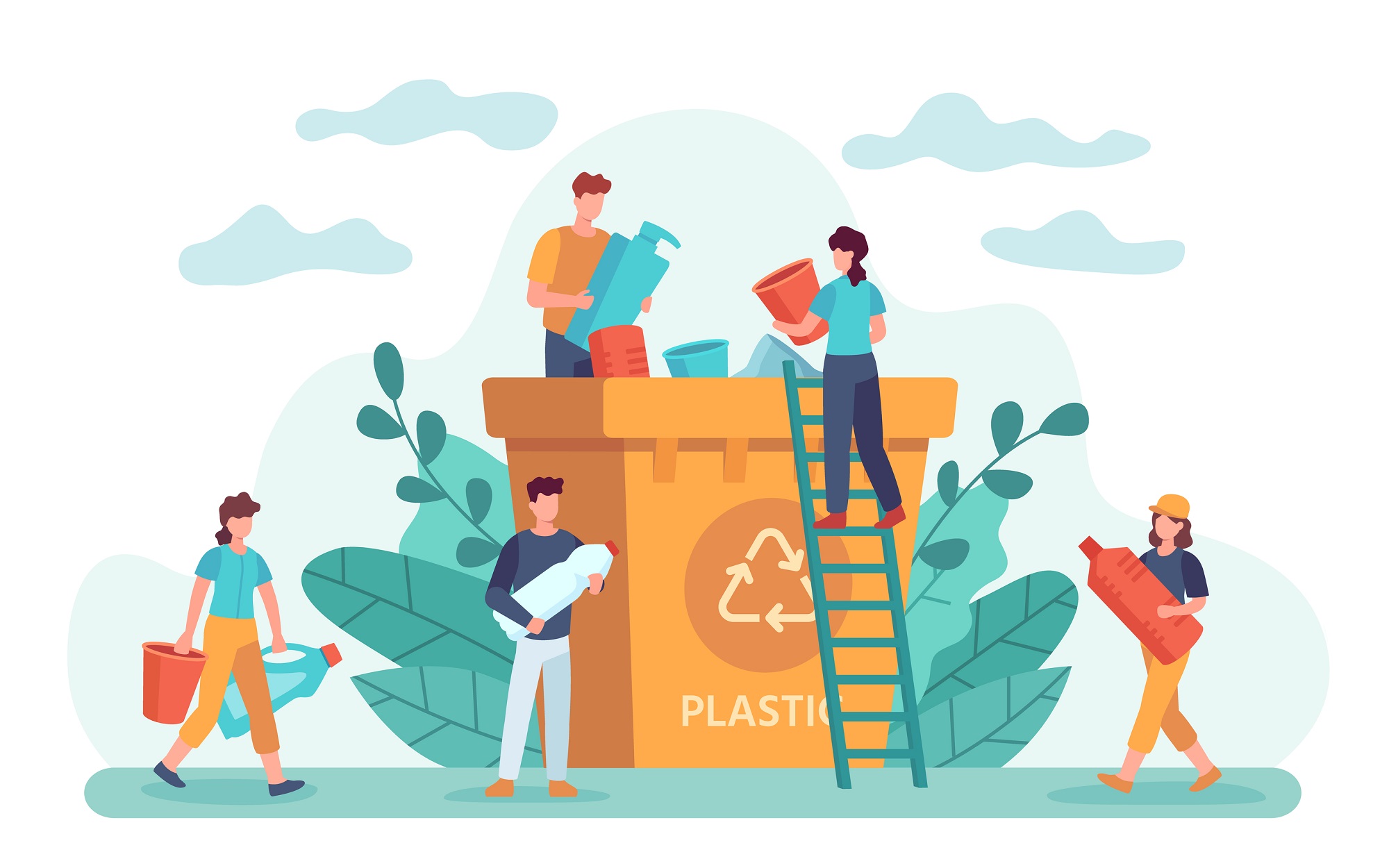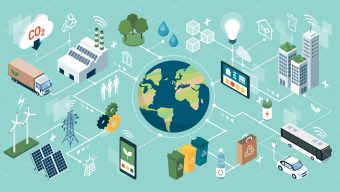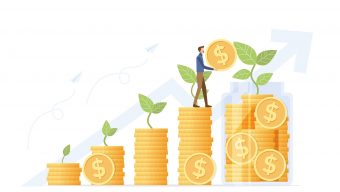Plastic packaging is often seen as the archetypal unsustainable product, single-use waste created in unimaginable quantities around the world every day. The ubiquity of plastic in packaging, however, makes it difficult to imagine logistics functioning without it. Yet, the industry has reached a crucial junction in the fight for sustainability as consumers and companies demand ethical practices at every stage of the production line.
It’s important to note that plastic itself is not necessarily the enemy, and that the conflict lies in the unsustainable, single use of plastic. Therefore, the question many logistics firms must answer is how to turn plastic packaging into a sustainable solution.
Any business strategy in logistics needs to target the fast-evolving business landscape in which demands are forever increasing. Companies have to both improve their operational performance and be able to answer the questions customers are asking around sustainability and diversity. Better yet, companies should strive to provide these answers before they are even asked. By creating more value in their packaging, companies are able to deliver a better and more sustainable product, a better price, enhance customer loyalty, and claim involvement throughout the entire supply chain.
Responsible consumers are increasingly demanding a reduction in plastic packaging, and with good cause. In a recent conversation with Britta Wyss Bisang, the first Global Sustainability Director at returnable plastic packaging leader Schoeller Allibert, she explained: “Plastic has a bad reputation. And there is plenty of reason for that. According to the Ellen MacArthur Foundation, only 14% of the plastic packaging used in the world, is actually recycled – and when we look at plastics in general (beyond packaging), it is even less: 9%, according to the World Business Council for Sustainable Development. Moreover, about 40% of the world’s plastics end up in landfills – even more worrying, it is estimated that eight million tons of plastic leak into the environment and end up in fragile ecosystems such as oceans.”
This devastating impact calls for innovative solutions. The world is highly dependent on logistics and transport, industries where enormous amounts of single-use packaging such as pallets, cardboard, and metal are used, and where a huge impact can be made. One solution to this problem could be returnable plastic packaging, which apart from being both lightweight and durable, is also recyclable. Ludo Gielen, CEO of Schoeller Allibert, says that reusable packaging currently occupies a tiny portion of the market; its worldwide market size is around 5 billion euros, compared to the more than 200 billion euros in the transport packaging market, of which the lion’s share (more than 120 billion euros) is single use, such as cardboard. Ludo implores the industry to work together to help returnable, zero-waste packaging grow to “make sure we are the solution to – not part of – the problem.”
Packaging companies should see the current situation as an opportunity to effect lasting change.
Reusable plastic solutions are beginning to enter a wide range of industries and consumers are realizing the importance of reusing as they become more aware that recycling their garbage is often not as environmentally friendly as first thought. For example, the packaging company Loop is running a trial with UK supermarket giant Tesco to deliver products to customers in reusable containers. The customers then collect the packaging before requesting a pick-up and refill. Pop superstar Pharell Williams made refillable packaging a founding feature of his “humanrace” cosmetics range.
Wyss Bisang recognizes that becoming part of the solution will include “making use of the durability of the material in transition towards a waste-free, circular economy.” This durability has to be taken advantage of in order to maximize the number of trips reusable plastic can make, thereby minimizing its carbon footprint. This refocus will push existing supply chains to find new and innovative solutions.
However, this challenge to supply chains actually provides a barrier to the widespread uptake of reusable plastic packaging. Durable plastics cost more to produce, and companies must factor in the increased logistics costs of reusable packaging, either paying for the packaging and handling of the returns or providing collection points themselves. In the long run, these costs are offset by the avoided production and spending on single-use plastics, but companies might be worried about taking a short-term hit, especially during a period of economic recovery, for example as we move out of the COVID-19 pandemic.
“Overcoming these barriers demands involving all stakeholders to create buy in and viable solutions,” says Wyss Bisang, adding that for stakeholders to be involved, genuine interest and understanding of their challenges and aims must be shown. “The solutions that are found may start off nice, but they must be applicable to mainstream supply chains in order to make the far-reaching pivot to sustainability the climate crisis demands.” Fortunately, there are ample examples of more sustainable solutions crossing the famous tipping point from niche to mainstream; while ten years ago, hardly anybody had driven or even owned an electric car, they have today become completely mainstream, in fact, the car industry is pivoting towards electric cars at an increasing pace.
Plastic’s association with unsustainable practices will be difficult to change, but true innovation and disruption in the packaging industry can, and must, change this. Packaging companies should see the current situation as an opportunity to effect lasting change which can pass onto other industries. As Gielen, CEO of Schoeller Allibert says: “Companies like ours should feel responsible for more than just profit. We have the chance and ability to contribute to the environment and the people that live in it. And that’s every single soul on this planet! Therefore, we have to convince our customers and others of the value of plastic by delivering innovative and smart solutions. This way we will succeed in making plastic packaging too good to waste.”
© IE Insights.






